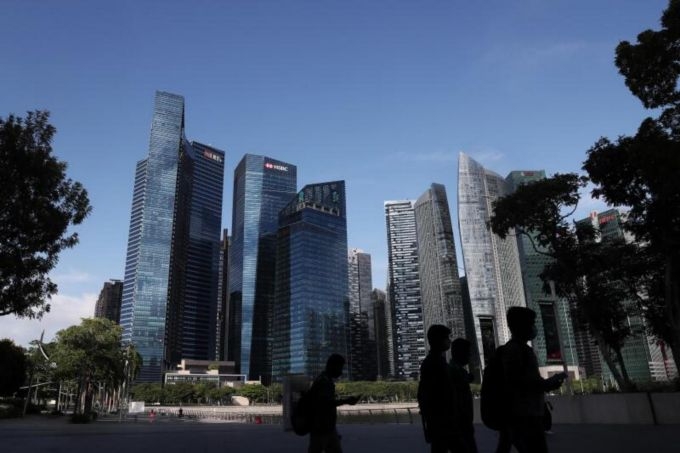Will office assets continue to pique investor interest?

THE slump in office prices in the Central Area outpaced the decline in rents last year, likely due to the pandemic-linked uncertainties plaguing the office market.
While prices and rents for offices have moved in the same direction over the past two decades, rents have typically proven to be more sensitive to market shocks.
The National University of Singapore's Institute of Real Estate and Urban Studies (IREUS) said that the office price index for the Central Area shrank 10.8 per cent year on year in Q4 2020, more than the 9 per cent contraction in the office rental index for the Central Area.
IREUS deputy director Lee Nai Jia said: "Given the prices of office buildings are often deemed to be the sum of discounted net rental income, the faster drop in the price index may reflect the greater uncertainty faced by the office market."
For starters, the ongoing pandemic makes it tough for firms to determine their space requirements as they may be struggling to ascertain demand for their goods and services in the future.
The shift towards flexible work arrangements may also prompt companies to cut their physical footprint, as they can turn to co-working spaces later to scale up their size in line with their needs.
In addition, the pandemic has accelerated certain trends, which are expected to remain sticky.
Dr Lee said: "Covid-19 may give rise to new business opportunities such as ghost kitchens, the green economy and cold storage, which may divert interest away from traditional assets such as offices."
This could be heightened by a widened gap between office prices and office rents.
On the other hand, there could be "much upside" if most countries are successful with their vaccination programmes and attain herd immunity, he pointed out.
It also remains to be seen how rents will be affected by incoming supply.
As the relaxation in government curbs has enabled more employees to return to the workplace this week, investors may turn to look at the office market for opportunities, Dr Lee suggested. But sellers may also be keen to raise their prices now that "the light at the end of the tunnel" has finally emerged.
One bright spot is that preliminary estimates for the office market started to show some signs of recovery in Q1 2021, with positive net absorption of 0.13 million square feet, said CBRE Research. CBRE's Grade A (Core CBD) basket showed office rents were stable quarter on quarter at S$10.40 per square foot (psf) per month; Grade B (core CBD) rents slipped 1.3 per cent to S$7.80 psf per month.
Office properties in Singapore, particularly Grade A offices, have typically attracted funds and investors thanks to solid yields and lower risk relative to other assets, such as retail.
Over the past 20 years, office rents in the Central Area have typically proven to be more sensitive to market shocks than office prices, going by IREUS data.
This is partly due to assets in the Central Area being tightly held by landlords, while the limited pool of office assets has also helped to prop up prices in a down cycle.
During an up cycle, yields tend to be higher as rents advance more quickly than prices. In a down cycle, while there is a compression of yields, the decline in office prices tends to be gentler than the pullback in rents as office building prices are underpinned by limited supply and landlords' holding power, Dr Lee said.




